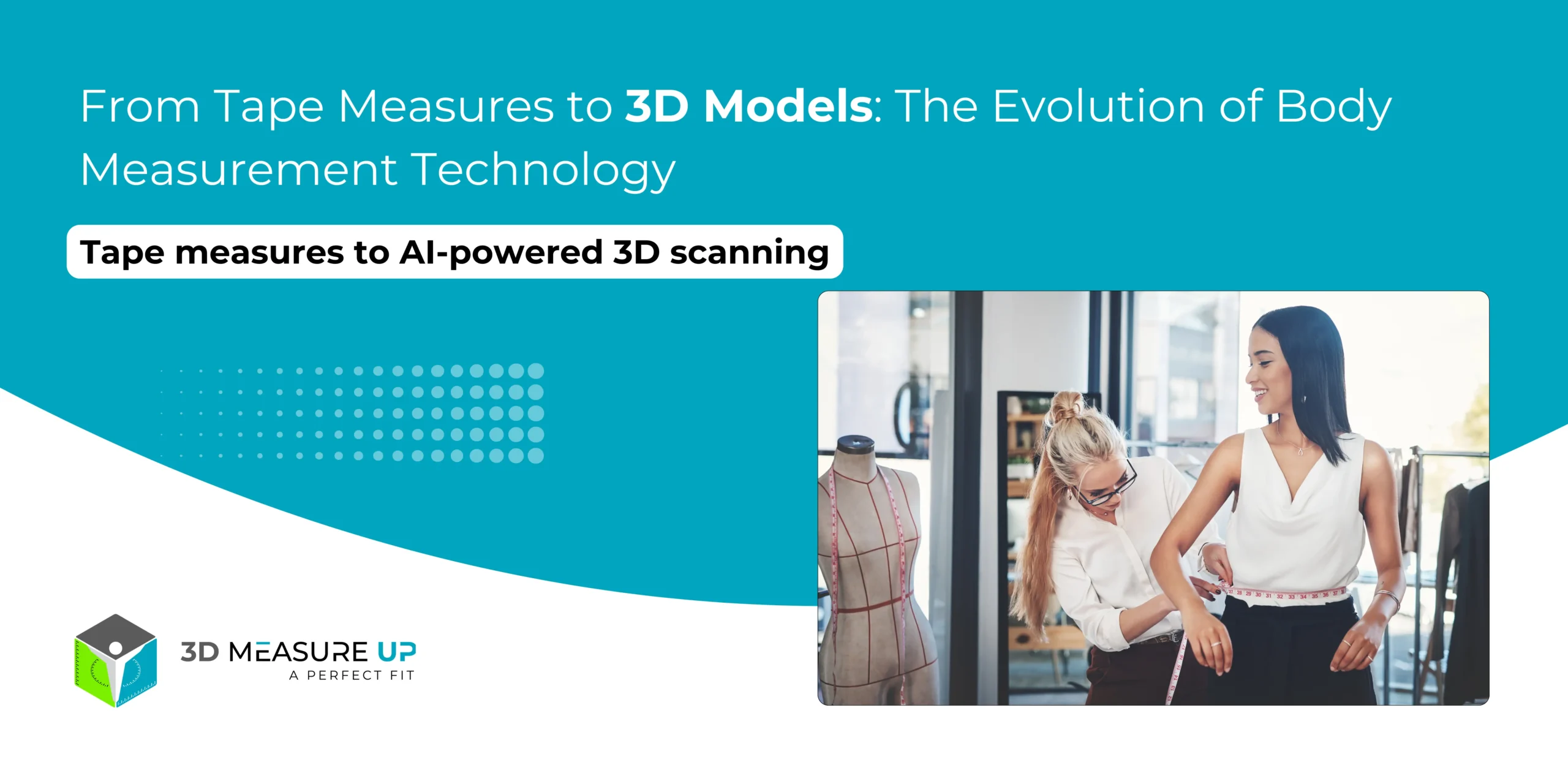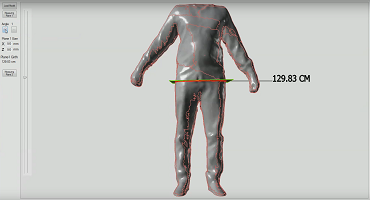From Tape Measures to 3D Models: The Evolution of Body Measurement Technology

For centuries, body measurement has been the foundation of tailoring, healthcare diagnostics, athletic training, and ergonomic design. But the tools and techniques we use have evolved drastically, from handcrafted tape measures to AI-powered 3D scanning. This blog traces the fascinating journey of body measurement technology and its transformation into a digital-first science.
A Timeline of Innovation
1700s–1800s: Manual Craftsmanship
- Tools: Fabric tape measures, tailor’s chalk, calipers.
- Applications: Bespoke tailoring and anthropological research.
- Limitations: Subject to human error, lacked repeatability, and were time-consuming.
1900s: Rise of Standardization
- Milestone: Introduction of ISO and ASTM standards for measurements.
- Impact: Enabled mass manufacturing and comparative health studies.
- Tools: Rigid anthropometers, stadiometers, and measuring boards.
1980s–2000s: Digital Entry
- Technology: Optical scanners, digital calipers, and photogrammetry.
- Use Cases: Ergonomic furniture design, military uniform sizing, and initial forays into virtual avatars.
- Challenges: Expensive equipment, slow processing, and high technical expertise.
2010s–Present: AI-Powered 3D Scanning
- Breakthrough: Affordable depth cameras, smartphone-based scanning, and ML models for landmark detection.
- Tools: Structure Sensor, iPhone LiDAR, Azure Kinect, and custom 3D scan APIs.
- Applications:
- Virtual fitting rooms for e-commerce
- Automated fitness and posture tracking
- Personalized orthotics and prosthetics
- Bespoke garment pattern generation
- End-to-end measurement and analysis via platforms like 3D Measure Up
Why 3D Scanning is a Game Changer
- Precision: Millimeter-level accuracy across hundreds of landmarks.
- Speed: Full-body scans in under 60 seconds.
- Repeatability: Consistent results across scans, operators, and devices.
- Scalability: Enables mass customization for clothing and gear.
- Data Integration: Easily plugged into APIs for virtual try-ons, avatar creation, and health analytics.
Practical Examples of Impact
- Fashion: Brands now use 3D Measure Up and similar tools to cut return rates by recommending the right size based on body scans.
- Healthcare: Clinicians track changes in limb volume or spine curvature non-invasively over time.
- Fitness: Apps provide personalized coaching based on your current body shape and target goals.
- Military & Aerospace: Uniforms and gear tailored at scale with precision, improving comfort and safety.
What’s Next?
- Photogrammetry from a Single Image: AI models are enabling measurements from a single smartphone photo.
- Parametric Body Models: Parametric Body Models allow highly accurate body reconstructions and movement simulations.
- Conversational Interfaces: AI copilots can now guide users step-by-step in capturing their measurements correctly.
Conclusion
We’ve come a long way from a tailor’s tape. The evolution of body measurement technology reflects humanity’s growing need for precision, personalization, and performance. With 3D scanning and AI now at the forefront, what once took hours of manual work can be done in seconds, with accuracy and data integration that open new doors in fashion, fitness, healthcare, and beyond.
Whether you’re a developer building a virtual fitting room, a healthcare innovator, or just curious about your dimensions, understanding this evolution will help you appreciate the tools available today and those emerging tomorrow.
Ready to Experience the Future of Body Measurement?
Explore 3D Measure Up, the industry’s leading platform for human body measurement automation. Upload scans, get instant measurements, integrate with your systems via API, or let our AI assistant guide your measurement journey.
Start your FREE trial today and step into the future of precision body measurement.




